Disclosure: This page contains affiliate links, meaning, at no additional cost to you, we may earn a commission if you click through and make a purchase.
Winter carnivals, a phenomenon observed worldwide, are a testament to the human spirit's resilience and the desire to celebrate life even in the coldest months. These events, particularly prevalent in Europe, offer a fascinating blend of history, culture, and festivity, drawing crowds both locally and internationally.
Why Winter Carnivals?
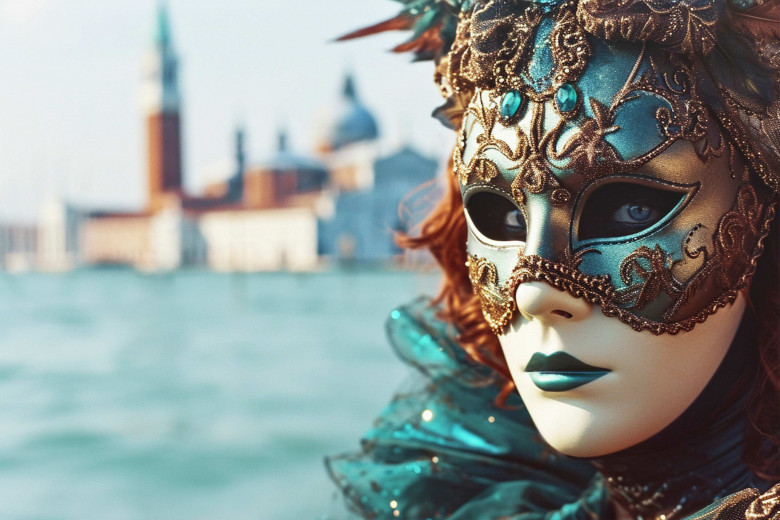
The tradition of winter carnivals is deeply rooted in history, dating back to ancient times. In Europe, these carnivals often have ties to Christian traditions, specifically the period leading up to Lent. This period, known as Carnival season, was historically a time for feasting and celebration before the onset of the Lenten fast.
However, the appeal of winter carnivals extends beyond religious connotations. The winter season, often associated with darkness and cold, traditionally required communities to band together to combat the harshness of the season. Carnivals provided a much-needed respite from winter's severity, offering a chance for communities to strengthen their bonds, celebrate their culture, and invigorate their spirits in anticipation of spring.
Venice Carnival, Italy
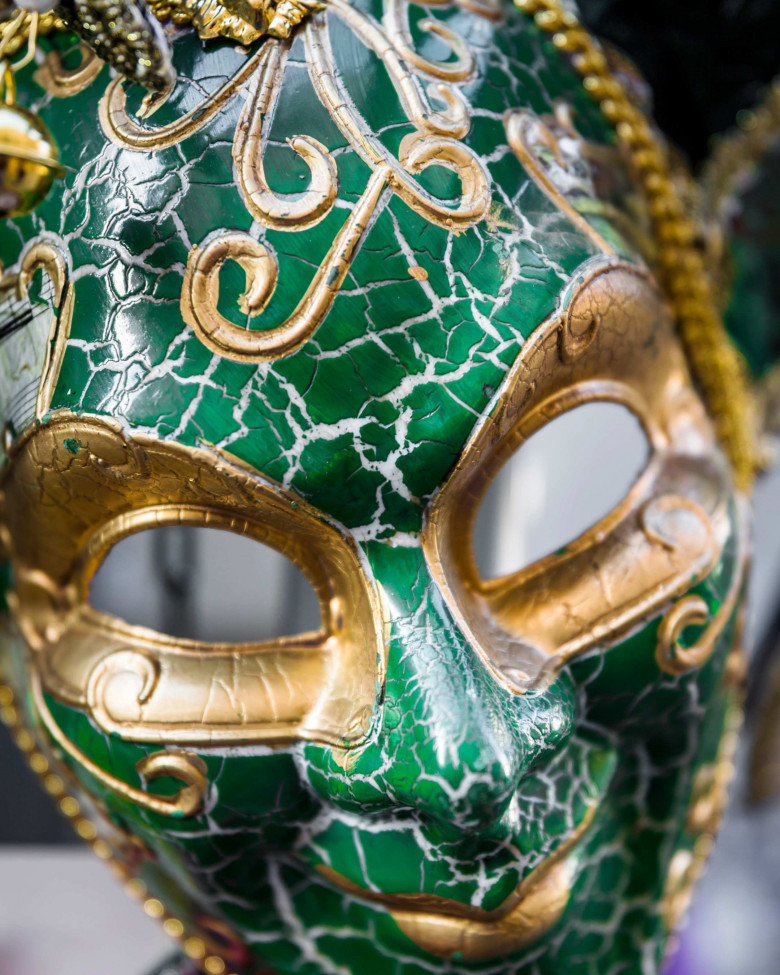
Perhaps one of the most iconic winter carnivals is the Venice Carnival. Known for its elaborate masks and costumes, the Venice Carnival has become a symbol of the city's rich history and artistic expression. The tradition dates back to the 12th century, serving as an outlet for socializing and revelry in a society that was otherwise rigidly stratified. Today, the Venice Carnival attracts thousands of visitors who flock to the city to witness the grandeur of its masquerade balls, parades, and theatrical performances.
Nice Carnival, France
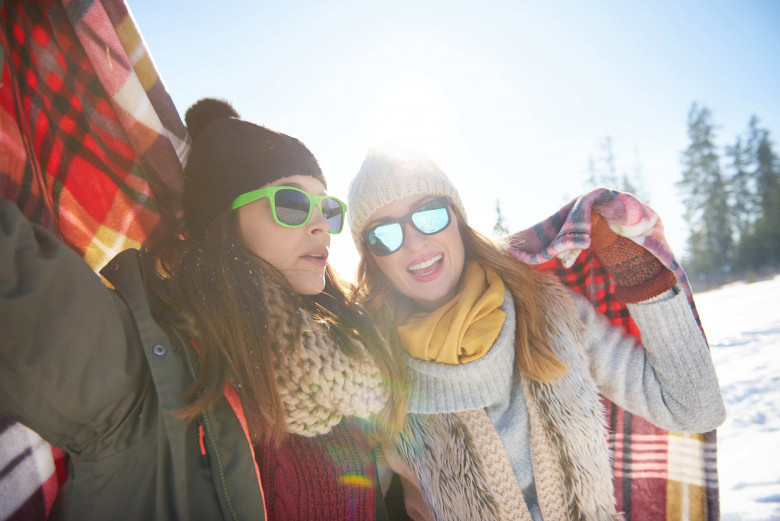
Another jewel in the crown of winter carnivals is the Nice Carnival, one of the oldest carnivals in the world. Held annually in Nice, France, it is famous for its colorful parades, featuring floats, giant puppets, and performers. The origins of the Nice Carnival are believed to date back to the Middle Ages, serving as a period of merrymaking before the austerity of Lent. Modern celebrations include the Battle of Flowers, where intricately decorated floats parade down the Promenade des Anglais, showering the crowds with flowers.
Cologne Carnival, Germany
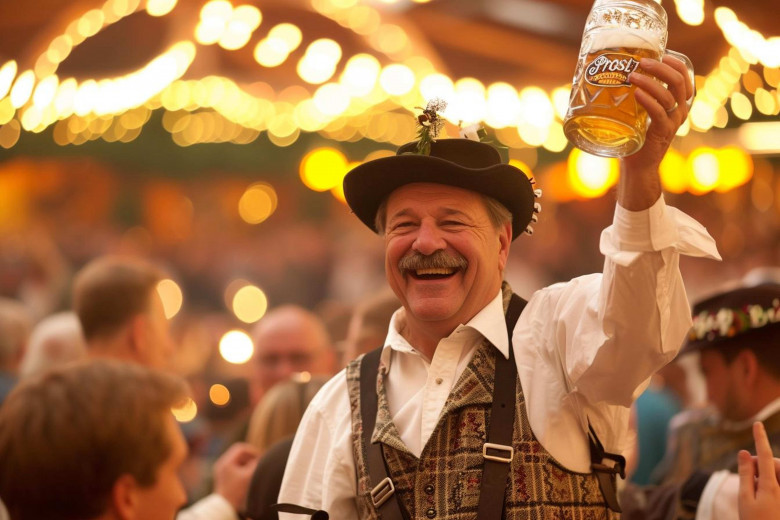
Known as the "Fifth Season," the Cologne Carnival is a significant festive event in Germany. It includes a range of activities from balls and parades to stage shows, with the highlight being the Rosenmontag (Rose Monday) parade, featuring elaborate floats and costumes.
Basel Carnival, Switzerland
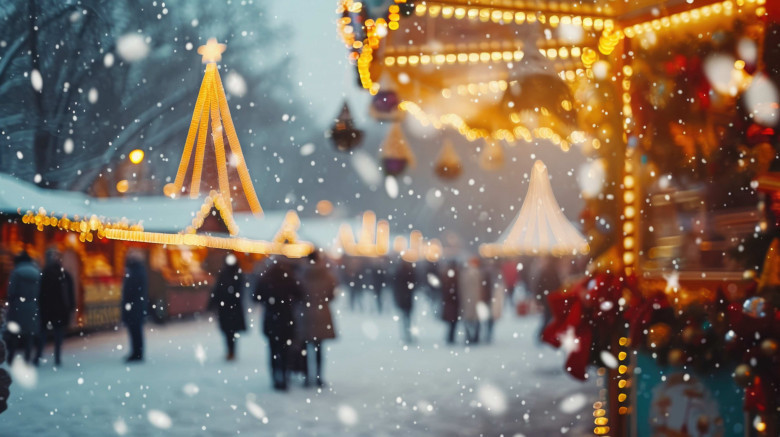
This is Switzerland's largest carnival and part of UNESCO's Intangible Cultural Heritage. Starting on the Monday after Ash Wednesday, it features parades, lantern displays, and participants in traditional masks playing piccolos and drums.
Ivrea Carnival, Italy
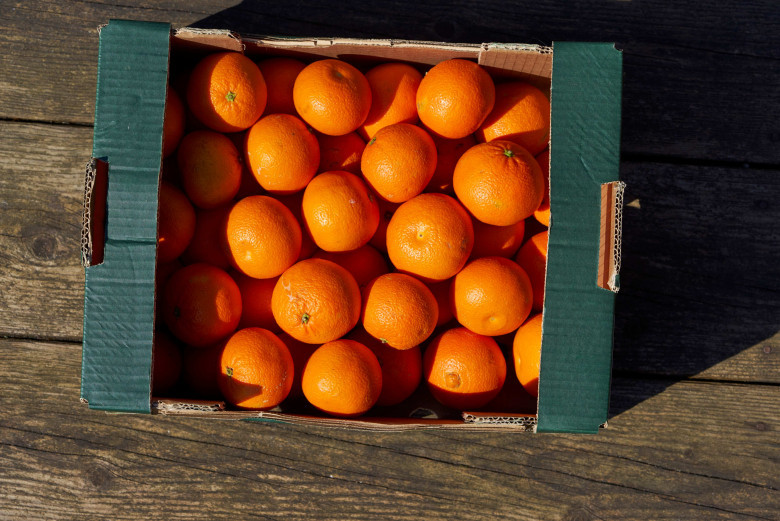
Famous for its unique "Battle of the Oranges," where teams engage in a mock battle throwing oranges at each other, symbolizing the town's rebellion against tyrannical lords in the Middle Ages.
Binche Carnival, Belgium
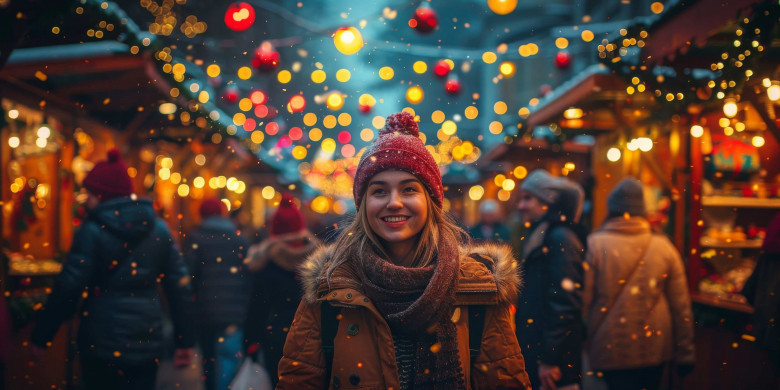
Recognized by UNESCO for its cultural significance, the Binche Carnival features the famous Gilles, clown-like performers dressed in vibrant costumes, wax masks, and wooden footwear, who throw oranges into the crowd as a sign of good luck.
Winter Carnivals in the United States
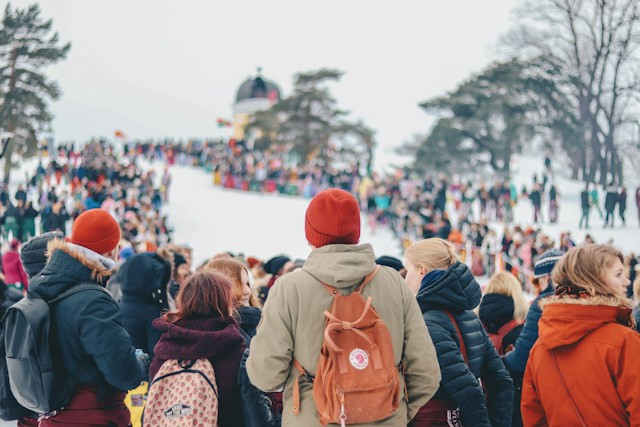
-
St. Paul Winter Carnival, Minnesota: Known as "The Coolest Celebration on Earth," this carnival includes ice sculpture competitions, parades, a treasure hunt, and the legend of Boreas and Vulcanus Rex, representing the battle between winter and spring.
-
Saranac Lake Winter Carnival, New York: The oldest winter festival in the eastern US, featuring a unique Ice Palace made from ice blocks, winter sports, and a parade. The carnival's theme changes each year, adding to its appeal and uniqueness.
-
McCall Winter Carnival, Idaho: Originating from a Payette Lake Winter Games, this carnival features a snow sculpture contest, torchlight and Mardi Gras parades, and a variety of winter sports activities.
-
Fur Rendezvous Festival, Alaska: Also known as Fur Rondy, this event in Anchorage celebrates Alaskan culture with unique events like the World Championship Sled Dog Races, snow sculpture competition, and the Running of the Reindeer.
-
Steamboat Springs Winter Carnival, Colorado: In a town known for skiing, this carnival celebrates winter sports in unique ways, including ski jumping competitions, a parade featuring the High School Marching Band on skis, and the famous "Lighted Man" ski descent with a suit of lights.
Other Notable Winter Carnivals

- Quebec Winter Carnival, Canada: One of the largest winter carnivals in the world, known for its snow sculptures, ice palace, and the iconic Bonhomme Carnaval.
- Sapporo Snow Festival, Japan: Celebrated in Sapporo, this festival is renowned for its massive and intricate ice sculptures and snow art.
- Harbin Ice and Snow Festival, China: One of the world’s largest ice festivals, featuring stunning sculptures and buildings made from blocks of ice.
- Kukeri Festival, Bulgaria: A traditional Bulgarian ritual to scare away evil spirits, featuring participants in elaborate costumes and masks.
Winter Carnivals: which one is on your wish list?

Each of these carnivals, whether in Europe or the United States, offers a unique glimpse into local traditions and celebrations, making them fascinating destinations for both tourists and locals alike. They embody the spirit of community and festivity, offering warmth and excitement in the heart of winter.












